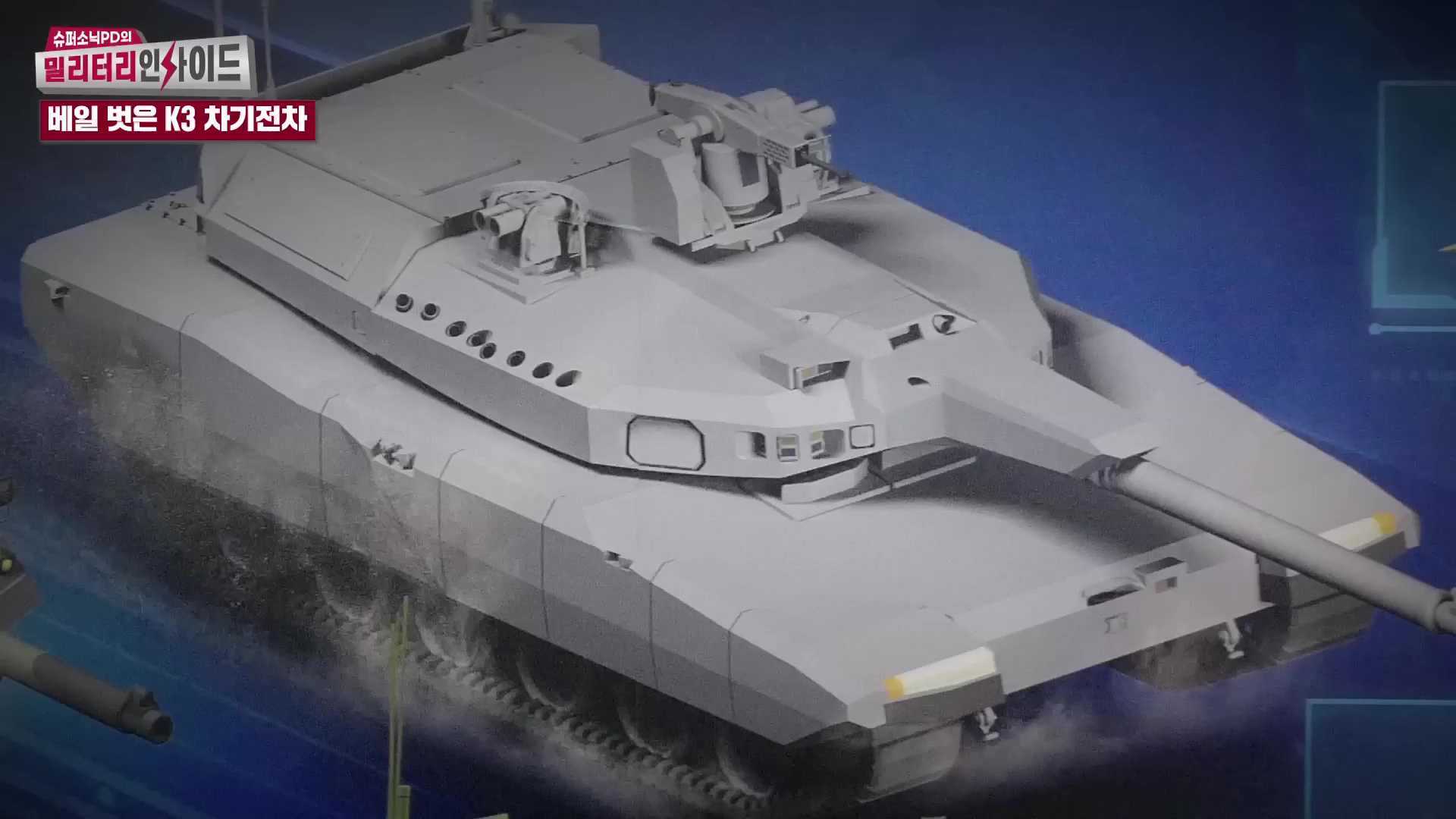Technical parameters are being finalised & plan is to have first prototype in four years, it is learnt. FRCV is expected to weigh not more than 60 tonnes as against 45-tonne T-72 tank.
New Delhi: The Indian Army is in the process of finalising the technical parameters of Future Ready Combat Vehicle (FRCV), which will gradually replace T-72 tanks. The plan is to have the first prototype in four years and inductions starting 2030, it is learnt.
The Army is looking at the FRCV to cater to ‘future capability requirements and enhance overall operational effectiveness index’ in varied terrains. “The role of the FRCV will be to offer multiple options for rapid operational employment,” a source in the defence establishment told ThePrint.
The project, the source added, is currently in the feasibility study stage, to be followed by the issuance of the Preliminary Staff Qualitative Requirements (PSQR) in a few months. PSQR is one of the processes undertaken as part of capital procurement for a preliminary assessment of essential and desirable parameters.
“Thereafter”, it is learnt, “the process of selection of the interested developing agencies would be done.”
Sources added that the prototype should be ready in about four years from now, following which trials and production would be undertaken, which will require approximately two years before deliveries can begin.
“The Army is looking to procure 1,700 tanks in three phases. The Army expects each phase to deliver nearly 550-600 tanks. However, this depends on the production rate and the agencies that will be selected to manufacture the FRCV,” said the source mentioned earlier.
The Army had floated Request for Information (RFI) for FRCV in June 2021. The project for procurement has attained the Approval in Principle (AIP) under the Make-I Category, which involves government funding of up to 90 percent, released in a phased manner based on the progress of the project.
The FRCV will be developed under the Make-I category involving the ‘Indigenously Designed, Developed and Manufactured’ (IDDM) component, which requires the platform to not only be designed indigenously but also have a minimum of 50 percent indigenous content.
Sources explained that a decision on which of the components are to be imported will depend on the two agencies that will be selected and funded for the development of these platforms — as long as the 50 percent indigenous content criteria is fulfilled.
Once commissioned, the FRCV are expected to remain in service for a period of 35-45 years.
On whether engines for the FRCV would be sourced from abroad, it is learnt that it would depend on the ‘design’ and the ‘power-to-weight’ ratio of the tanks. “It would depend on the manufacturer,” said the source mentioned earlier.
Weight, firepower of FRCV
The combat weight of the FRCV, as of today, is envisaged to not exceed 60 tonnes as opposed to the 45-tonne T-72 tanks which they seek to replace.
The FRCV would be designed to carry a crew of four troops. Moreover, the Army has expressed its need to be able to transport the FRCV by aircraft, ships, rail and road.
As for firepower and lethality, it is conceptualised that the calibre of the main gun would be of 120 mm and above — capable of engaging targets in static and dynamic mode by day and night using suitable ammunition.
The project was earlier under the Strategic Partnership Model (SPM), wherein a foreign original equipment manufacturer (OEM) is required to tie up with an Indian partner to manufacture weapons systems in the country.
Countries including South Korea, the UK, the US, Germany, France, Russia and Ukraine had responded to an RFI issued by the Director General Mechanised Forces (DGMF) for the FRCV in November 2017.
The Mahindra Group, Bharat Forge, Punj Lloyd Group, Tata Power SED, Tata Motors, Reliance Defence and Engineering Ltd (now Reliance Naval and Engineering Ltd), Titagarh Wagons, and Tractors India Ltd were reportedly among Indian partners who responded to the RFI.
The FRCV is among the six big-ticket Make-I projects in the works at various stages, besides Light Tanks, Tactical Communication Systems and the Terminal End Secrecy Device etc.
The Terminal End Secrecy Device — a single portable device for end-to-end secure transmission of voice, data and text — could enable formation commanders to disseminate classified material in a secure manner.
Under various schemes and categories of the Make in India initiative, the Army is also procuring niche technologies like logistic and nano drones, counter-drones, loitering munitions, Unarmed Aerial Vehicle-launched precision-guided missiles and Automatic Spectrum Monitoring Systems.

 mil.in.ua
mil.in.ua

